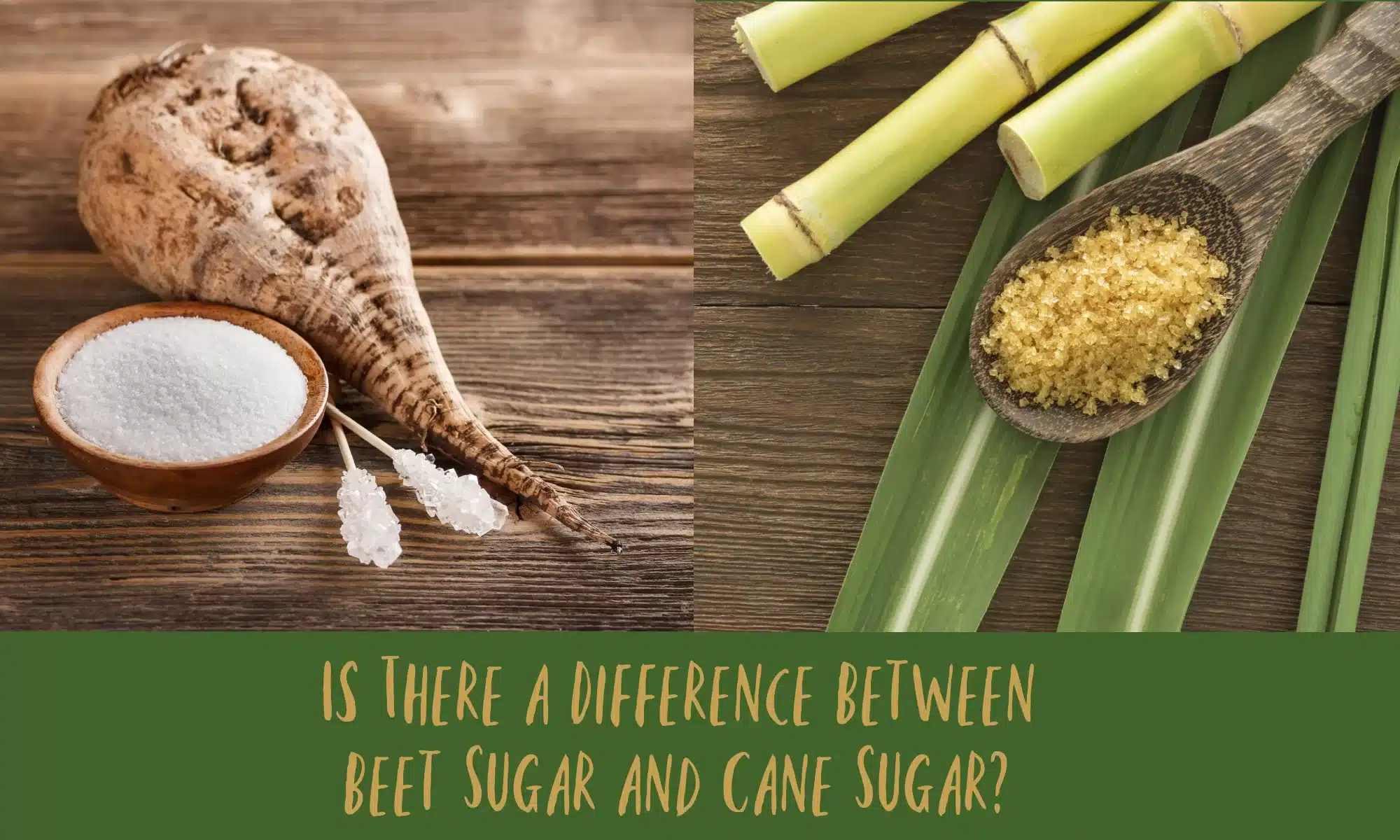Discover the Uses and Conveniences of Beet Sugar Vs Cane Sugar in Your Daily Diet Regimen
Discovering the distinct top qualities of beet and cane sugar reveals greater than just their sweetening capabilities; it highlights their unique influence on health and cooking arts. Beet sugar, understood for its subtle taste, is frequently favored in delicate treats, whereas cane sugar, with its tip of molasses, includes splendor to robust meals. Each type holds its very own nutritional account and glycemic effects, inviting a much deeper understanding of their roles in a balanced diet plan and sustainable consumption methods.
Beginning and Manufacturing Processes of Beet and Cane Sugar

The unique environments and dirt kinds needed for expanding sugar beets and sugarcane add to distinctions in their growing techniques and geographical circulation, affecting the economics and sustainability of their manufacturing. beet sugar vs cane sugar.
Nutritional Contrast Between Beet Sugar and Cane Sugar
In spite of stemming from various plants, beet sugar and cane sugar are nutritionally really comparable, both mainly including sucrose. Each provides concerning 4 calories per gram, equating to roughly 16 calories per tsp. Structurally, both sugars are made up of roughly 99.95% sucrose, with marginal quantities of various other materials like moisture and trace minerals, which do not substantially modify their dietary accounts.

Inevitably, when picking in between beet sugar and cane sugar based on nutritional content alone, both deal identical advantages and disadvantages as they are basically types of the same particle-- sucrose, giving fast energy without other nutrients.
Influence On Health: Glycemic Index and Caloric Material
Discovering even more right into the effects of beet sugar and cane sugar on health, it is vital to consider their glycemic index and calorie material. The glycemic index (GI) of both beet and cane sugar is around 65, categorizing them as high-GI foods, which can cause check this site out quick spikes in blood glucose degrees.
Each sort of sugar includes about 4 calories per gram, making their calorie material equivalent. For those checking caloric consumption, especially when managing weight or metabolic wellness problems, understanding this equivalence is important (beet sugar vs cane sugar). Excessive usage of any high-calorie, high-GI food can add to wellness issues such as obesity, heart condition, and insulin resistance.
Environmental and Economic Factors To Consider of Sugar Production
Beyond wellness influences, the manufacturing of beet and cane sugar additionally increases substantial ecological and financial issues. Sugar beet growing has a tendency to need cooler environments and has a lower geographical impact compared to sugar cane, which flourishes in exotic areas. Both plants are extensive in terms of water use and land line of work, potentially leading to deforestation and water deficiency. Financially, the worldwide sugar market is highly unpredictable, affected by adjustments in global trade policies and aids. Numerous nations incentivize sugar manufacturing via economic assistance, skewing market value and impacting small farmers negatively.
Furthermore, making use of chemicals and plant foods in both beet and cane sugar growing can cause dirt deterioration and air pollution, more affecting biodiversity and local water bodies (beet sugar vs cane sugar). The choice between growing sugar beet or cane frequently hinges on neighborhood environmental conditions and economic elements, making the sustainability of sugar production a from this source complex issue
Culinary Applications and Taste Differences
While the environmental and financial aspects of sugar manufacturing are without a doubt substantial, the choice between beet and cane sugar likewise affects cooking applications and flavor accounts. Beet sugar, derived from the sugar beet plant, is recognized for its extremely neutral preference.
Walking stick sugar, drawn out from sugarcane, commonly maintains molasses traces, which pass on a distinctive splendor and depth. This minor molasses flavor enhances the complexity of baked items, sauces, and sauces. It is especially preferred in products where a sugar touch is wanted, such as in brownies official website or gingerbread. The minor variation in dampness content in between beet and cane sugar can affect the appearance and uniformity of recipes, making cane sugar a favored option for particular recipes that profit from its special residential properties.

Verdict
To conclude, both beet and cane sugar have unique origins and production procedures, providing comparable dietary accounts with small distinctions in salt material and taste. While their impact on health, particularly pertaining to glycemic index and calories, is similar, the choice in between them commonly steams down to environmental, financial factors, and specific cooking demands. Understanding these elements can direct consumers in making informed choices that line up with their wellness goals and flavor choices.